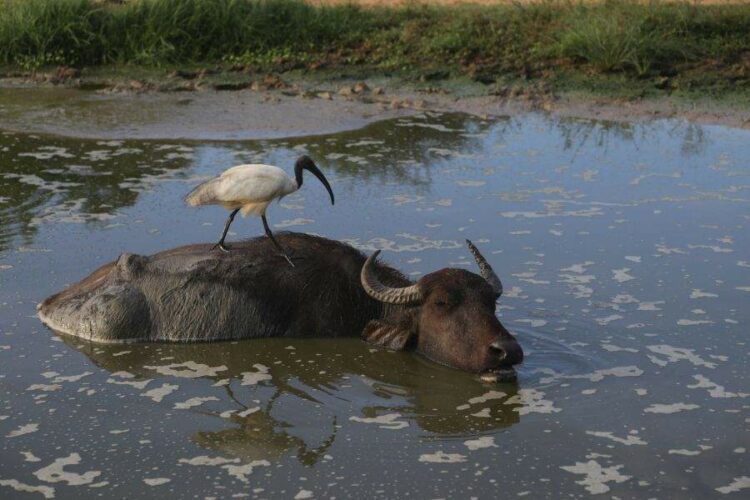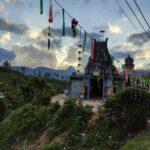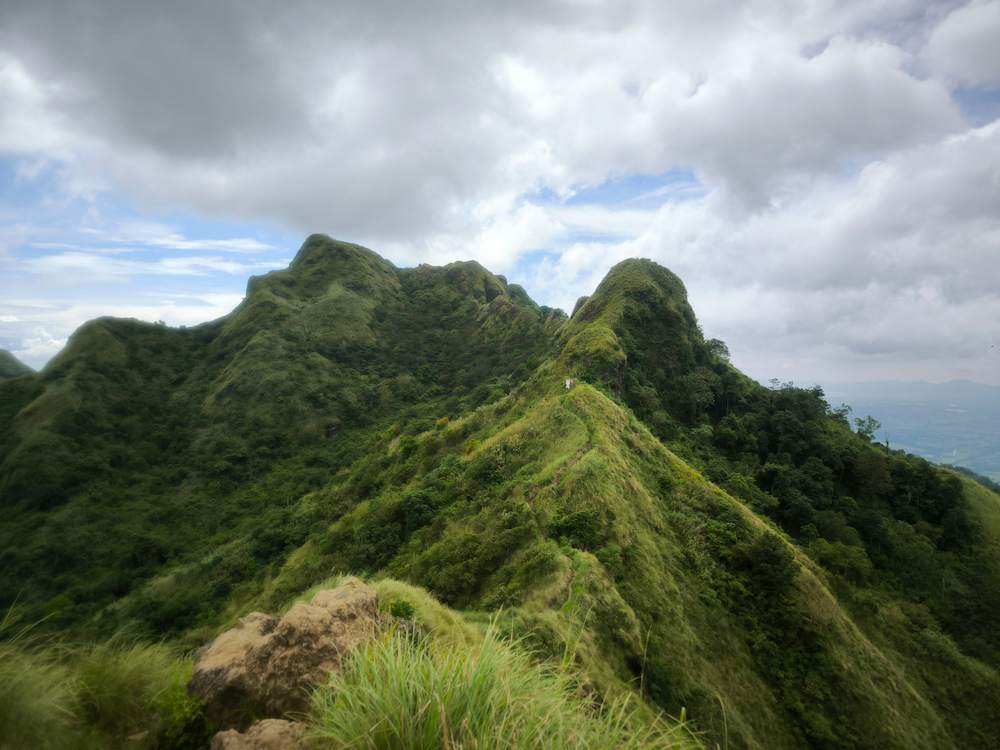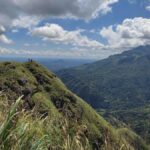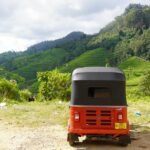Safari in Yala National Park
Yala National Park is arguably the most famous wildlife reserve in Sri Lanka. Tourists often choose this park due to the high probability of spotting a wild leopard. This was also our primary motivation for visiting Yala National Park.
General Information about Yala National Park
Located in the south of Sri Lanka, Yala National Park is situated north of Tangalle beach and south of Nuwara Eliya. Covering over 30,000 hectares, the park is not accessible on foot. Instead, visitors explore it in specially equipped safari jeeps with seating arrangements on the cargo area. The park features pre-designed sand paths, similar to roads, for jeep tours.
What wildlife can you see in Yala National Park?
Yala National Park is renowned for its high chances of spotting leopards. Additionally, you will likely see elephants, peafowls, water buffaloes, mongooses, sambar deer, crocodiles, and several other animals.

Safari Options in Yala National Park
There are essentially two safari options available. Drivers can also accommodate special time requests. Payment is per person, not per jeep, so organizers aim to fill the jeeps as much as possible. Despite the seemingly long safari durations, consider that the round trip to the park takes about 2-3 hours. Expect potential queues at the park’s ticket counters.
Option 1: Half-Day Safari: 4:45 AM to 12:00 PM
Option 2: Full-Day Safari: 4:45 AM to 5:00 PM
What Does a Safari in Yala National Park Cost?
In Yala National Park, you generally pay for a comprehensive package, including entrance fees and the safari. The half-day safari costs approximately €35 (depending on the exchange rate), while the full-day safari costs around €60, including lunch.
Where to Stay in Tissamaharama (Yala)
Tissamaharama offers a variety of accommodations to suit every budget and preference. Nearly all accommodations provide safari options that can be arranged at any time, so advance booking is not necessary. We found our accommodation to be unremarkable, so we recommend exploring local options, as there are many to choose from.
What Do I Need for a Safari?
- Sunscreen
- A light jacket for the morning
- Camera with a telephoto lens if available
How to Get to Tissamaharama
Aside from traveling by private vehicle, taxi, or tuk-tuk, you can also reach Tissamaharama affordably by bus. The journey from Tangalle takes about 2.5 – 3 hours, and buses between Tangalle and Tissamaharama run several times an hour.
Things to Do in Tissamaharama
I highly recommend visiting Tissa Lake. This was the highlight of our stay. At sunset, a spectacular natural event occurs as thousands of flying foxes emerge from the trees and take flight. In the background, a tree full of white birds adds to the scene. Bring a blanket (or something to sit on) and enjoy the sunset!

Yala National Park or Udawalawe?
Many visitors to Sri Lanka face the decision between Yala and Udawalawe for a safari. We strongly recommend Udawalawe National Park. It is more manageable and far less crowded. You can observe animals undisturbed with the engine off, which is rarely possible in Yala, where you are never alone with the “exciting” animals. While Yala offers the chance to see leopards, Udawalawe provides a much better opportunity to see elephants. For more information on Udawalawe National Park, check out our related post.
[WPSM_AC id=3492]


